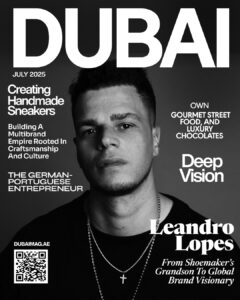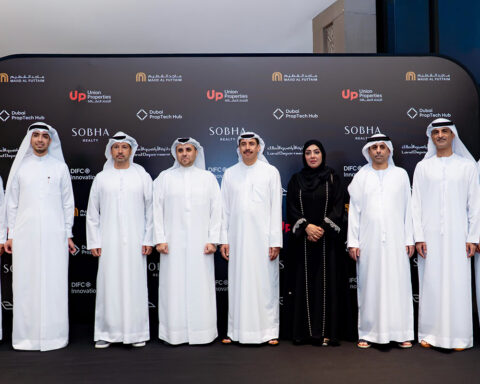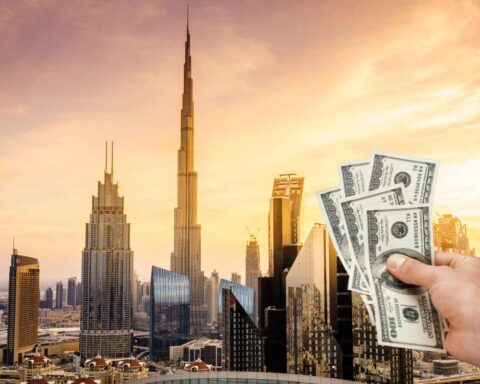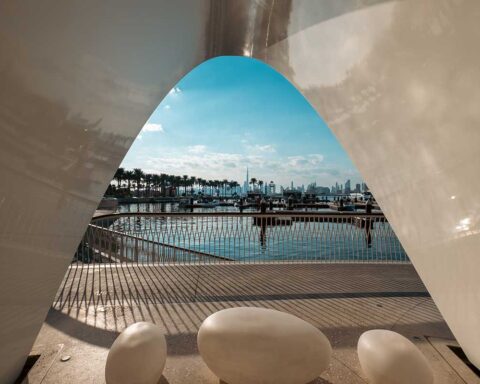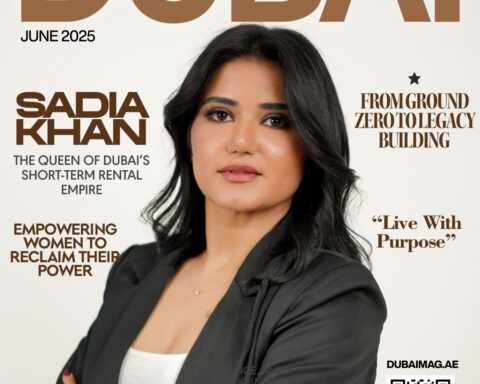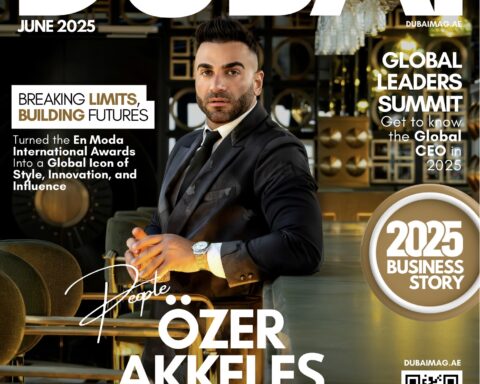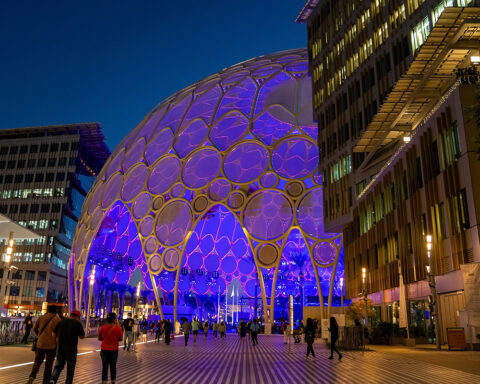In a bold move aiming to revitalize a neglected corner of Budapest, Hungary and the United Arab Emirates have sealed a landmark 5 billion euro ($5.5 billion) deal. This transformative agreement, signed on Wednesday, marks the beginning of a collaborative effort between the two nations to inject a touch of Dubai’s opulence into the Hungarian capital’s landscape.
At the heart of this ambitious endeavor lies a once-dormant railway station, set to undergo a remarkable metamorphosis under the guidance of Eagle Hills Properties LLC, in partnership with the Hungarian government. Despite its potential to breathe new life into the area, the project has already sparked controversy and debate, raising questions about the balance between modernization and preservation of Budapest’s historic charm.
Hungarian Foreign Minister Peter Szijjarto announced the partnership, signaling a significant milestone in Budapest’s urban development agenda. With plans to infuse the site with the glitz and glamour reminiscent of Dubai’s architectural marvels, the project promises to reshape the city’s skyline and economic landscape.
However, amidst the anticipation of a gleaming new district, dissenting voices have emerged, questioning the cultural and architectural implications of importing a foreign aesthetic into Budapest’s fabric. Critics argue that while rejuvenation is welcome, it must be executed sensitively, preserving the city’s unique identity and heritage.
The agreement underscores Hungary’s aspirations to position Budapest as a global destination, competing with renowned metropolitan hubs worldwide. By leveraging the expertise and resources of UAE developers, Budapest seeks to accelerate its urban evolution while attracting international investment and tourism.
Yet, as cranes prepare to dot Budapest’s skyline and construction commences, the project’s success hinges not only on its economic viability but also on its ability to strike a delicate balance between modernization and cultural preservation. The coming years will undoubtedly witness both the physical transformation of the neighborhood and a spirited dialogue about the future direction of Budapest’s development.
In this tale of two cities, Budapest’s embrace of Dubai’s architectural prowess represents not only a physical transformation but also a philosophical debate about the essence of urban identity in an increasingly interconnected world. As Budapest embarks on this journey, it faces the challenge of honoring its past while embracing the opportunities of tomorrow, epitomizing the delicate dance between tradition and progress in the modern urban landscape

